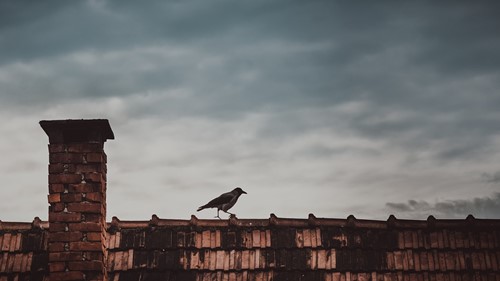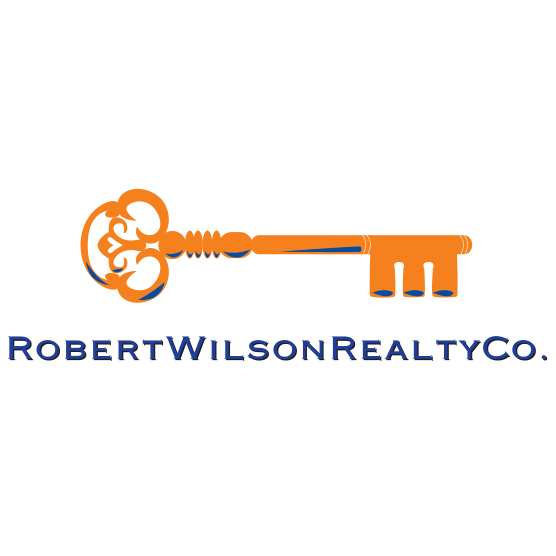
Homeowners sometimes visualize a chimney fire as an event that involves flames shooting out of the top like a flare. While that type certainly happens too often, slow-burning chimney fires tend to go undetected and place unsuspecting household members in harm's way. The good news for homeowners with fireplaces is reducing the risk of a chimney fire ranks among cost-friendly safety measures.
The driving cause of chimney fires largely involves something called "creosote." This dark brown substance coats the inside of a chimney or flue and can ignite on a whim. Highly flammable and unpredictable, creosote buildup results from a wide range of elements.
These typically include vapor, smoke and even slivers of unburned wood. They cool and settle while moving upward from the fire through cooler areas of the chimney. Often, a natural accumulation point evolves. Once thick enough to reduce exhaust space, it can either turn into a smoldering burn or flash fire.
One of the best strategies to reduce creosote buildup involves using only select wood or specially manufactured logs. This generally means burning hardwoods that have dried and been seasoned for one year. Seasoned wood usually produces 20 percent less creosote. It's also essential to avoid softwoods such as pines with high sap content. Most manufactured logs identify what their specialty is on the packaging, so look for those designed to reduce buildup.
Older homes typically have either a flue made from traditional fireclay or none at all. More modern homes sometimes have inserts, while new construction may enjoy insulated flue products. Having an adequate flue protects your household from a house fire by helping to contain the blaze. The safety measure involves preventing fires and sparks from permeating bricklayers and reaching surrounding structural timbers and other combustible materials.
If you own an old home without a flue system, you may want to have one installed promptly. Those with fireclay flues should be heavily inspected. This material can begin to degrade in 5-15 years, rendering it less than adequate.
The newer insulated flue products rank among the better options for two reasons. First, it keeps creosote off the brickwork. Second, the insulation is designed to even out heat distribution as smoke, vapor and wood fragments rise. This generally means that homeowners are less likely to sustain flammable buildup at a particular point. They're also relatively simple to install and replace as needed.
These rank among the best ways homeowners can reduce the risk of a chimney fire and keep their households safe. It's also essential to have a chimney cleaned and serviced regularly.

Hi, I'm Rob Wilson and I'd love to assist you. Whether you're in the research phase at the beginning of your real estate search or you know exactly what you're looking for, you'll benefit from having a real estate professional by your side. I'd be honored to put my real estate experience to work for you.